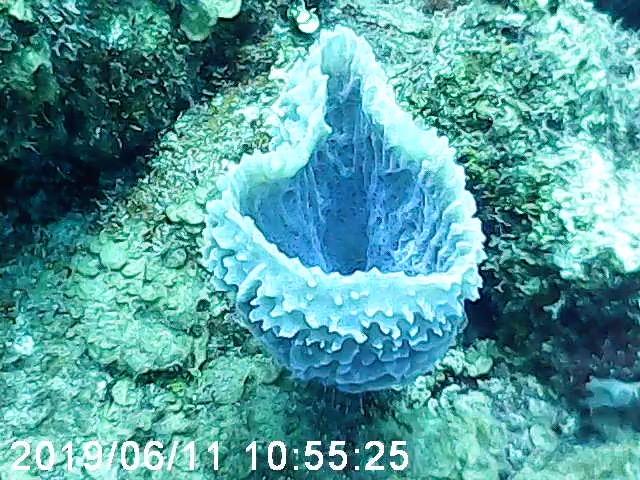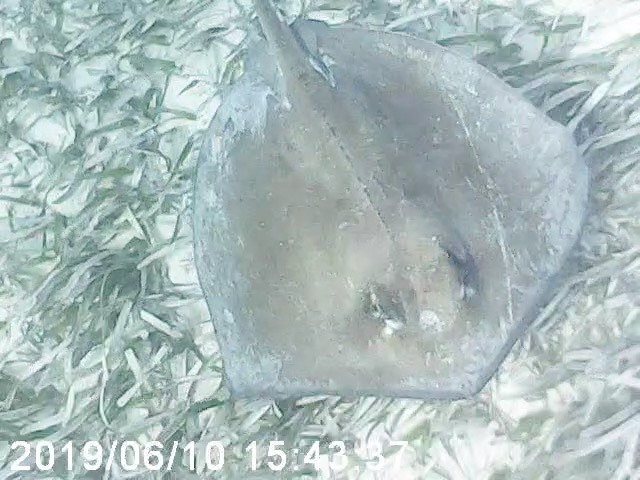Growing up in New Mexico, I’ve come to love many canyons: Chaco Canyon, Canyon de Chelly, Frijoles Canyon, and White Rock Canyon are just a few that draw me back time after time. Did you know there are canyons in the ocean? This is new to me. Now I also love Ballenas Canyons, Golden Gate Canyon, and Paradise Canyon.
We first dove canyons in the Dominican Republic. (And yes, we’ve heard all the same recent news you have about tourists dying after visiting DR. Lesson: DON’T DRINK FROM THE MINI BAR – ever. Mini bars are expensive and dumb, so you shouldn’t use them, anyway. We found everyone in the DR to be friendly and grateful for tourist visits. We will go back.) Then we dove two different canyon sites in Belize.
Imagine flying over canyons, looking down and seeing the wildlife, the forests swaying in the breeze. That’s what it’s like to dive canyons – flying, watching nurse sharks swim under you and coral waving in the surge. It’s seeing fish flit about, and white sandy bottoms, sometimes littered with shells.
If you are already a diver, you can skip the next two paragraphs. If you are not a diver, please read. I’ll probably sound like a convert to a new religion, but really, diving is something you should consider. Since we started taking diving lessons, I’ve heard all kinds of reasons not to dive. 1) Claustrophobia. Actually, diving is the opposite of that. The very first thing you do in training is kneel on the bottom at the shallow end of the pool and breathe with your regulator. Breathing underwater!! There is nothing less confining on this earth than being able to do that. 2) Scary things in the ocean. Yep, there are scary things in the ocean. Bity things and venomous things and prickly things. Those things all exist on land, too. Like on land, you just need to be aware of what’s around you and be careful. 3) It’s hard. Yes, diving is hard. Buoyancy is a constant struggle for me, and I almost freaked out when my mask fogged up during one of our dives in Belize. But if you train properly, you know how to handle just about anything so that, even when you are seasick underwater, you don’t panic. You follow your training and go on and then enjoy all that you see around you.
The only really bad thing about diving is it’s not a poor man’s sport. It’s expensive! But it’s so worth it. You just can’t see this kind of stuff anywhere else. So, consider diving. Here’s why: the gray reef shark, the star of Bob’s video. The only blue that is bluer than the New Mexico sky is the blue as the reef drops away into the depths of the ocean. The only blue that is bluer than a mountain blue bird in the New Mexico sky is the blue of damsel fish against that that ocean deep.
Another great thing about diving is the three-dimensionality of it. Bob usually swims slightly behind and above me so he can keep an eye on me (yes, it’s awesome to be in the ocean with your own personal life guard). I can always spin around and find him. While doing so, I might spot a turtle or a nurse shark or a grouper. A parrot fish grinned at me, showing off his teeth that he used to chomp the coral. You can’t see all of that that snorkeling. Melanie McKinley, the friend who insisted we learn how to dive, once said that snorkeling is like watching a movie and diving is like being in the movie. It’s so true!
We did snorkel, though, at one of the Ambergis Caye’s most famous spots, Hol Chan/Shark Ray Alley. It’s a national marine reserve where there’s a cut – a channel – in the reef, that allows wildlife to go in and out from the reef. It was a worthwhile trip. Our guide, “Candyman,” from Tuff E Nuff Belize, http://tuffenuffbz.com/, didn’t use a snorkel but did free dive, going down and turning over shells and rocks to point out everything from living conch to lobsters. Shark Ray Alley is where fishermen used to dump their guts, so bottom feeders like nurse sharks and rays hang out there, still waiting to be fed. It was actually fun to be in the water with nurse sharks while Candyman threw in fish and drew a huge crowd. As soon as he ran out of fish, the crowd was off searching for another boat. Candyman said, “With sharks, no money, no honey.”
As a fairly easy site to snorkel and a national reserve, Hol Chan is being loved to death, like many sites in Hawai’i. Much of the coral is bleached and broken, but there are still large schools of fish, turtles who let nothing get in the way of their eating, and interesting critters. Belize is working hard to teach visitors about reef-safe sunscreens and to get rid of plastics, but it’s going to take time. We saw some beach cleaners on Monday morning, and once a quarter dive shops all along the reef sponsor cleanups. We look forward to doing our part in the future. After all, there are many more canyons to explore!

